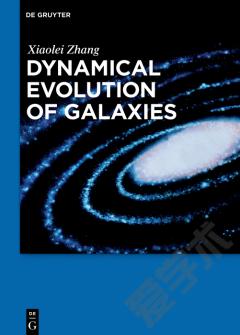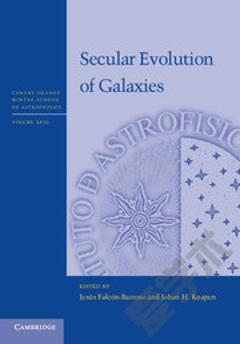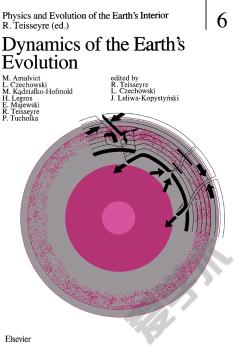Dynamical Evolution of Galaxies
This research monograph presents a new dynamical framework for the study of secular morphological evolution of galaxies along the Hubble sequence. Classical approaches based on Boltzmann’s kinetic equation, as well as on its moment-equation descendants the Euler and Navier-Stokes fluid equations, are inadequate for treating the maintenance and long-term evolution of systems containing self-organized structures such as galactic density-wave modes. A global and synthetic approach, incorporating correlated fluctuations of the constituent particles during a nonequilibrium phase transition, is adopted to supplement the continuum treatment. The cutting-edge research combining analytical, N-body simulational, and observational aspects, as well as the fundamental-physics connections it provides, make this work a valuable reference for researchers and graduate students in astronomy, astrophysics, cosmology, many-body physics, complexity theory, and other related fields.ContentsDynamical Drivers of Galaxy EvolutionN-Body Simulations of Galaxy EvolutionAstrophysical Implications of the Dynamical TheoryPutting It All TogetherConcluding RemarksAppendix: Relation to Kinetics and Fluid Mechanics
{{comment.content}}








 京公网安备 11010802027623号
京公网安备 11010802027623号